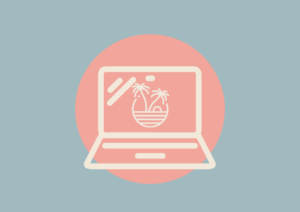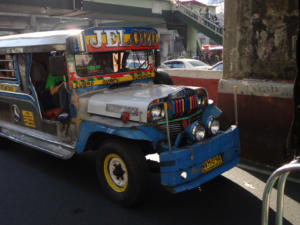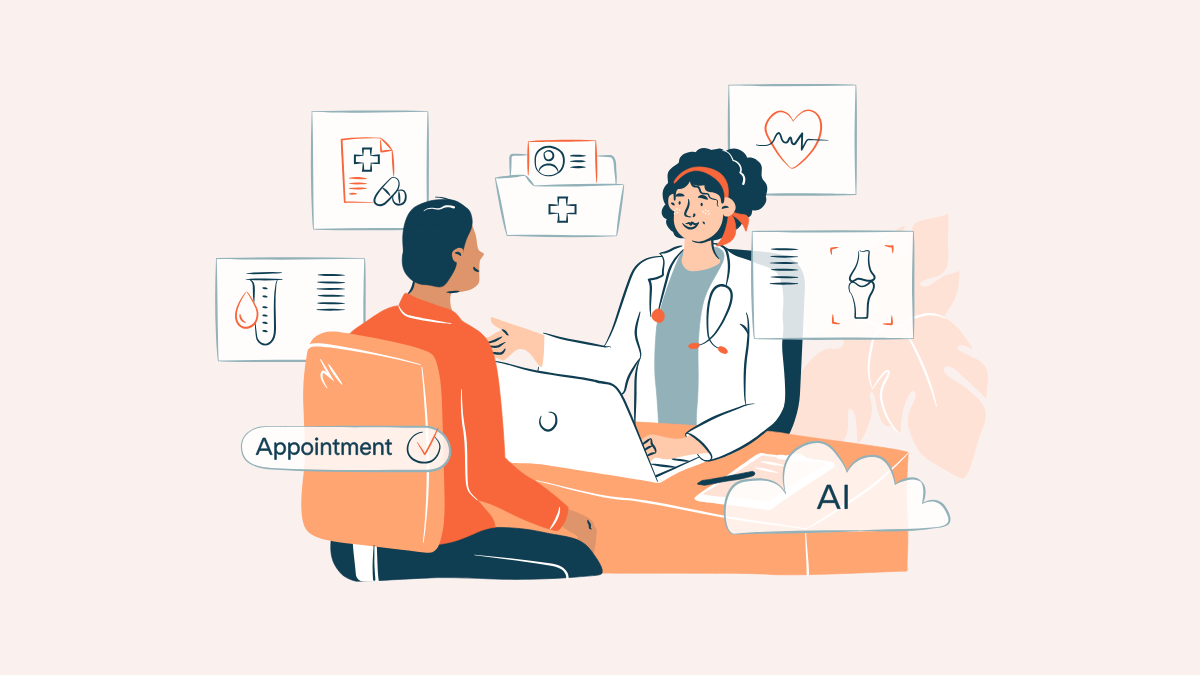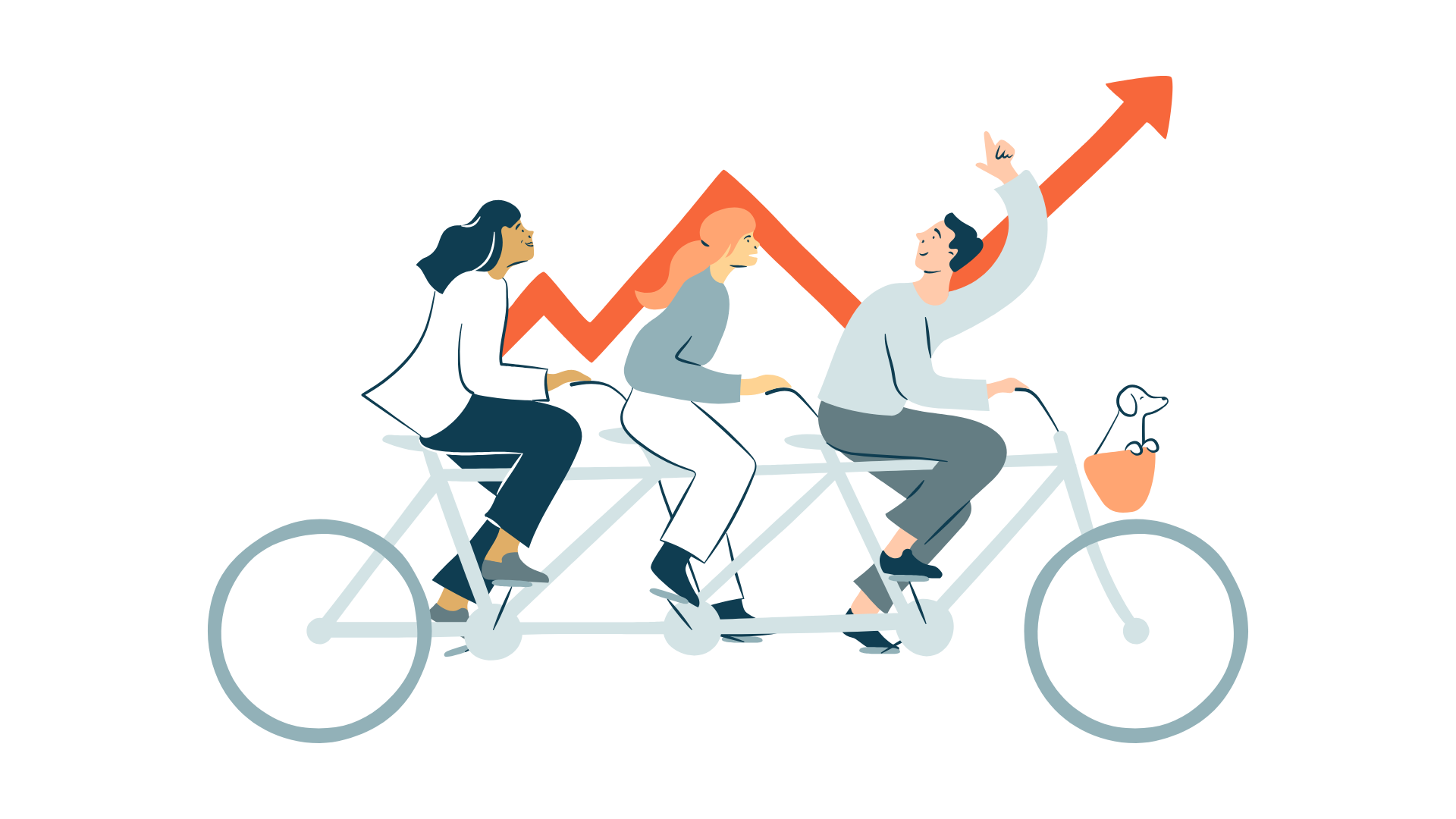
Well, that’s a slightly misleading title, as I don’t know how it happened, it just did. At the moment I have the privilege to work as a Senior UX Developer for one of our clients, working across multiple teams in different locations (the client identity is subject to an NDA). I always wanted to work across borders, combining my two passions, design and travel. So recently I spent 20 days on holiday and 7 days working in the clients Manila office.
Those who know me will know that perhaps the only way I recharge and re-energise my self is by freediving and travelling as far as possible. So for the Christmas holidays, I chose the Philippines as I did last year. Naturally, I discussed my travel plans with my awesome team and the client. When I had a friendly chat with the client regarding the destination etc., we figured that there might be an opportunity to give some UX and DT training and workshops for the rest of the team in Manila to align the UX processes with the team in Espoo Finland. I found this super exciting since I have travelled all over Asia but never for work.
The holiday
This is my second time in the Philippines and definitely not the last. For anyone that likes friendly people and unspoiled nature, the Philippines is near perfect. My itinerary for 4 weeks was Helsinki > Manila > El Nido > Linapacan > Coron > Rock Island > Manila > Helsinki. Linapacan is special, in every way. First, it has 15 000 inhabitants and tens of uninhabited islands. Moreover, Daily News Dig claims that it has the clearest water in the world and based on my experience this is definitely true.

I spent 6 days on a boat, swimming, freediving, spearfishing, watching the sunset and occasionally camping on a virgin white beach. I won’t go into more details, but feel free to ask me anything in the comments below ![]()

The People
“It’s more fun in the Philippines” is the slogan of the country and it’s surely due to the people. I had the pleasure of meeting Filipinos in the rural provinces as well as in the city. Generally speaking, they are extremely friendly, happy and looking to help in any way. Also, I did not encounter any scams like in many other places in the world, however, it doesn’t mean that there aren’t any but it’s definitely uncommon. Professionally, I found that the work environment was less formal than I have found elsewhere. Employees and managers were very relaxed and had constant gags and laughs with each other and had created a great working environment despite long hours and modest salaries.

The City
Metro Manila is the world’s most densely populated city with 43,079 people per square kilometre. This 21.3 million inhabitant metropolis is like many others; It is super fast-paced, notoriously congested, filled with skyscrapers and has more than a 100 gigantic malls. Yet, there was a different vibe, it looked drastically different in the dark as it comes to life when countless food-stalls rollout, some sing karaoke on the pavements and there are many other details that are only understood when experienced.
Here are some images from around the area of Cubao in Quezon City near my accommodation.
This is also Manila from the top, as you can see, it’s super modern and up to par with any other metropolis hosting the 2nd largest mall in the world, Mall of Asia.
I’m not exactly a city boy, but I had to stay for a week in Metro Manila to coach my Manila team on design thinking and UX practices and had to make the best of it! In the process, I have made some friends and met many interesting people. As for the public transport, mostly I used Grab, a popular taxi app in South East Asia. I must say, I found out that it was about 50x more expensive than public transport such as Jeeps, vans and busses. However, I have tried the alternate solutions, not just to save money but also to mingle with the locals and it was highly confusing. Although I was lost all the time, I recommend it. As you can see the UX of these transportation means could be improved.

Can you see the bright green sign that says Cubao? Yeah, you have to spot that from a far distance.
There is a movie playing during the bus ride which made me miss my stop, for the third time. As for those signs on the bus windshield, they were all flipped the wrong way round ![]() Nonetheless, it was a great experience. And the fare was about 10php (€0.17) for an hour ride.
Nonetheless, it was a great experience. And the fare was about 10php (€0.17) for an hour ride.
Is it safe?
Yes! As long as you practice basic safety logic as you would anywhere else. I did not encounter any safety issues, nor did the expats that I have met.
However, the Philippines lies within the ring of fire, in other words, it is prone to many natural disasters. For example, there were 21 typhoons in 2018. In fact, a typhoon (Usman) hit whilst I was on ”Rock Island”, a tiny islet where we had to cross with a small boat to the other side to get to the airport. Without dramatising it even further, let’s just say that our boat flipped, which took us 2 hours to rescue everyone and I ended up with a minor injury, but luckily no one else got hurt and it has made the adventure, a real one. Do your research and monitor the typhoons before going, but do not let it stop you from going to the Philippines.
The Work Culture
I can not speak on behalf of the whole tech industry nor the team in Manila, rather I will tell you about my brief experience. I was suspecting a more uptight, corporate environment like it is in many European corporations. However, I was pleasantly surprised to find out that they had a very similar culture to us at Gofore! It was fun, there was a strong communality feel and many employees spent time after work and even weekends together. They had subcultures of gamers, cyclists, artists and they were all foodies! The most pleasant surprise was to see about 35-40% female presence in an engineering and SW development environment. Many also mentioned that this is on the rapid increase and could soon change to be at least even. Something for the rest of the western world to learn from as currently only 20% of jobs in tech are held by women.
What was less great, however, was the working hours that were from 10:00-19:00 or 11:00-20:00 to compensate for the time difference with Europe. In fact, I met someone on the bus, who was an accountant at one of the largest firms that basically works night shifts to compensate for the time difference to the US.
So, what did you do there?
What I did was to facilitate workshops and training for designers and non-designers. The aim was to show them alternative ways of thinking about the users, regardless of their role. Many have not heard of UX and others have worked with UX designers, so I had to figure out a way of engaging participants from all levels. So over the course of 3 days, I started by giving a gentle introduction to design thinking, followed by an interactive crash course in DT and ending with a more specialised and focused approach to lean UX. The feedback was very positive, with many questions about our way of working in Finland creation and UI design. Also many requests for more training into user research, persona creation and UI design.
Gofore ❤ (heart) The World
I always find it both a valuable and an unforgettable experience to work far from home with a different culture and climate compared to Finland. After such a trip I feel highly energised and inspired to come back and innovate. This trip was also a great reminder, that no matter what the country, language, nationality, gender, climate and culture is there is always a match for Gofore. Yet there is no substitute for working and living in a different country and experiencing life as a local which gives me a great feeling regarding Gofore’s future and internationalisation plans.






 .
. 




